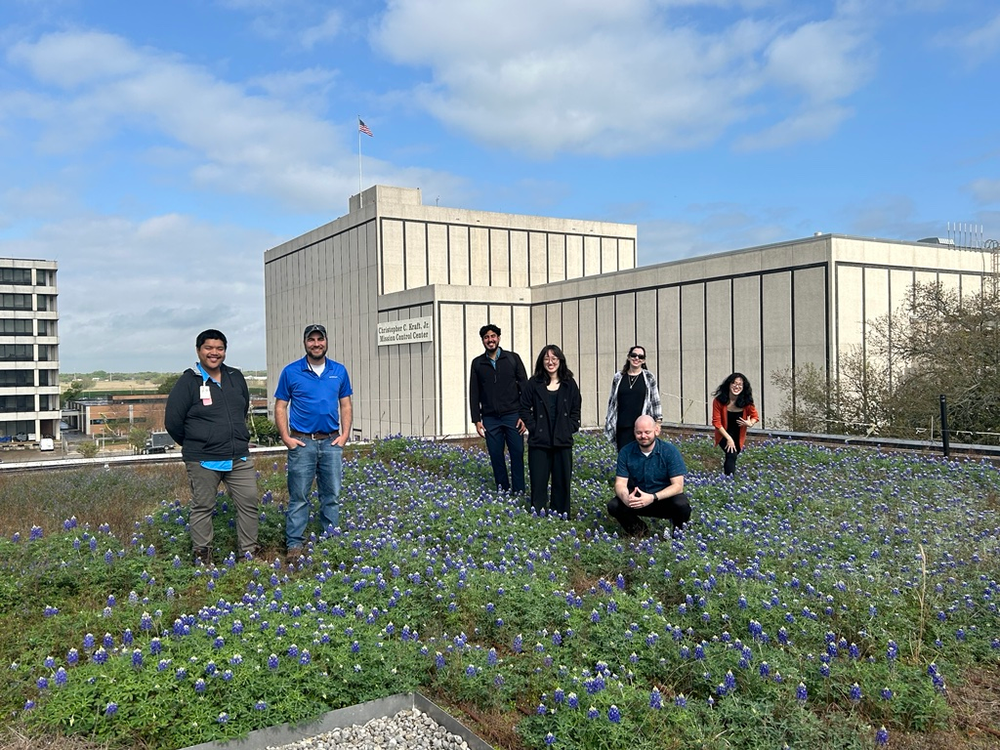5 min read

Pollinators play a crucial role in both human agriculture and ecosystems - they support thousands of plant species and crops which feed humans and livestock. Unfortunately, habitat loss, disease, and pesticides contribute to the decline in pollinator biodiversity worldwide, which has led to a substantial reduction in native bee species, impacts to honeybees, and the decline of the iconic Monarch Butterfly. In their efforts to integrate sustainable design, several NASA centers have implemented measures promoting preservation of pollinator habitats though gardens, meadows, and other initiatives.
In 2015, budget constraints resulted in the removal of plant beds to make way for low-maintenance turf grass. This prompted the Center's Environmental Management team to propose a more sustainable landscape option resulting in the 0.1-acre Meadow Demonstration Project. With support from the University of Maryland Extension Service and Maryland Master Gardeners, the meadow became a certified Monarch Waystation. As the meadow flourished under the diligent efforts of staff and volunteers, an increasing number of pollinators were observed.
Due to the success of the initial meadow, GSFC partnered with USDA/Natural Resources Conservation Service to convert additional areas around the center with the goal of perfecting restoration methods. GSFC's grounds provided an ideal environment to test various approaches. The latest addition is a 1.3-acre plot cultivated this year. GSFC partnered with the NRCS to display this project and participate in the Patuxent Wildlife Refuge Festival in May and the Pollinator Day Festival in June at the USDA HQ to showcase their project.
GSFC Natural Resources staff will be hosting a Monarch Workshop with the Monarch Joint Venture on September 25th






